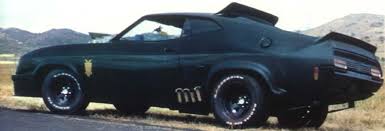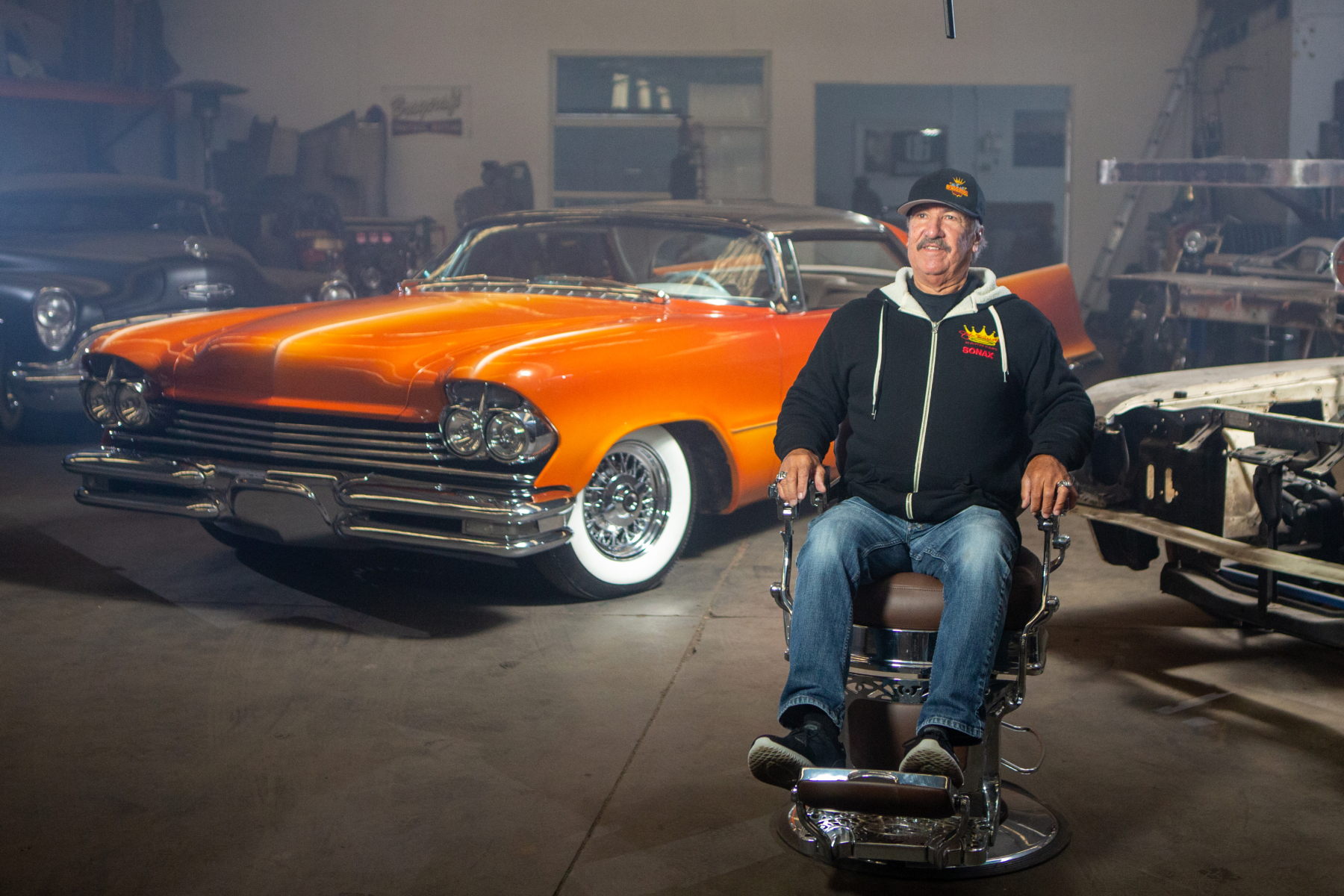

Here at Enthusiast Insurance www.enthusiast.com.au we like nothing more than a cinema classic with lots of grand old cars parading past the camera.
Sad thing is, for many of the past 50 years, the cars have been driven by secret agents, steely-eyed cops or crazed bank robbers and are being made to perform stunts that would send their insurers – if indeed that kind of activity was insurable – cold with fear.
Producers of recent films have teamed motor vehicles in specific ways with human performers and often with a commercial ulterior motive in mind. This ‘product placement’ can be worth millions in sales to a vehicle supplier and save the producers the considerable costs involved with buying or hiring cars for a production.
Forty years ago, however, when Australian film-makers dreamed up the concept of a leather-clad future cop called Mad Max, there were no car-supply deals to be had the vehicles that swiftly became superstars in their own right were chosen because they were available and cheap.
Made on a tiny budget, the original ‘Mad Max’ feature film used vehicles sourced from car yards and government auctions. Older Australian models were chosen because they were recognisable by a local audience, simple to modify and easy to replace if damaged. The black Pursuit Special started life as an XB Falcon Hardtop. It didn’t really have a supercharger and elements of its sinister bodywork could be bought as a kit from Melbourne manufacturer Peter Arcadipane.
Debate rages over which cinematic car chase was the most spectacular and here we need to set some ground rules. Productions such as the Fast & Furious, the Blues Brothers, Death Race 2000 and Gone in 60 Seconds aren’t going to qualify because those films’ primary purpose was to destroy as many motor vehicles as spectacularly as possible.
Two where the car chase did eventually end in a crash but was incidental to the main plot were ‘Bullit’ from 1969 and ‘The French Connection’ made in 1971. Both were police dramas, with their chase sequences using the streets of San Francisco and New York. ‘Bullit’ has over time come to be regarded as the most significant chase sequence ever filmed; due to the involvement of actor/racer Steve McQueen who did some of the stunts himself and use of two now-classic vehicles; a Ford Mustang GT390 and Dodge Charger.
More in the mould of a James Bond adventure and characterised by extreme stunts was ‘The Italian Job’. In addition to belting three Mini Coopers around some of Turin’s most challenging roads and tunnels, the film was responsible for destruction of some now highly-desirable exotics including a Lamborghini.
Owning a car made famous in the cinema or home theatre is easy and some are even affordable.
A Volkswagen Beetle striped in the manner of ‘Herbie The Love Bug’ and many of the models used as extras in Australian or British-made movies can still be found at realistic money. Step up to the chrome-encrusted US models featured in ‘American Graffiti’ or the Dodge Challenger from ‘Vanishing Point’ and the money gets well into five figures.
Jump to the next level and an Aston-Martin DB5 similar to the ‘JB007’ Bond car and the money required heads beyond A$1 million. That’s just for a stock version. Putting in a bid on the real thing will demand very deep pockets or a very big loan because the last time a genuine Bond DB5 complete with its secret agent gadgets came up for sale, the asking price was US$4.7 million.

